Viet Nam vet returns to village where he fought, was wounded
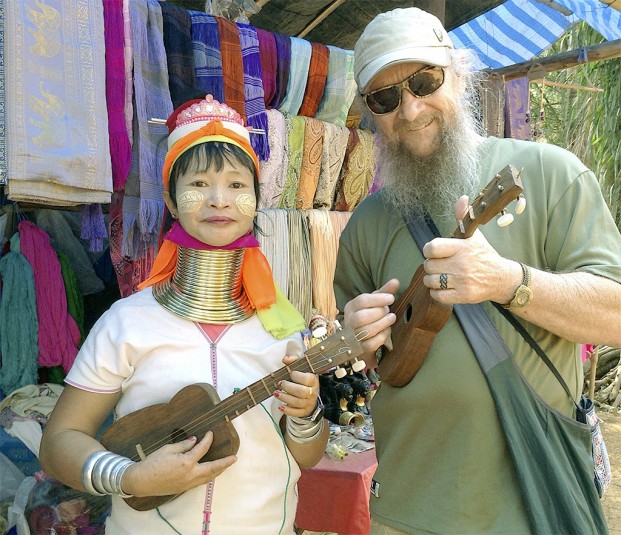
TONASKET – Talk about a stranger in a strange land.
John Jones, along with his wife River and his Cambodian interpreter (and self-proclaimed body guard) arrived in Memae Village last spring. Near the Cambodia/Viet Nam border, the area is so remote that the sight of the American couple in the village was enough to bring life to a standstill.
Jones had been there once before – in 1969, when he was wounded during a fierce battle with the Viet Cong in the midst of the Viet Nam War.
Just finding the village meant stopping and talking to people, many of them working pepper and rubber tree plantations.
What the reception would be once they found the village was an open question.
“We talked to a bunch of people,” Jones says. “We finally found this Khmer woman. She knew what we were looking for, exactly.
“We pull up (in the village) and here’s the pagoda. I said, ‘Go there. The way to do (make contact) is through their religion.’ And by God, out walks the monk who was there during the battle and a Viet Cong soldier who was there during the battle. The first two people that I meet.
“We sat there, they looked at me, big smiles on their faces. I felt very safe, I felt really good. It was just an amazing, meant-to-be moment.”
So, what does one talk about with a man that you may well have been shooting at 45 years earlier?
For one thing, the Joneses were invited into the pagoda and participated in a Buddhist prayer of reconciliation.
“I sat down with the one Viet Cong soldier,” he says. “He got shot at the same time (I did). He’d been wounded. We were talking about our war wounds.
“He was a nice guy, pretty simple. He wanted to know why we were there. I said, I was there because I wanted to know how he felt, what his feelings were about what happened. And he said, ‘Oh, I don’t think about that any more.’ I go, ‘Really? Wow.’
“Their whole thing is just to get busy. Kind of like what happened to me. They had to replant their crops, rebuild their homes and their schools. They needed to go on. They got back to work. I think that’s how they think. They don’t harbor the animosity… (The Buddhists) don’t want to carry the baggage because it affects their life.”
He said it took some time to get the villagers to understand why he’d taken the time to visit; in the time since the Viet Nam War, no one else had.
“They were stunned,” he says. “They said no one had ever come back there. They had wondered why. But people just don’t know about it. It hasn’t been shared. Cambodia was different than Viet Nam. People have done a lot of work in Viet Nam. Unfortunately at the time, Cambodia was going through their pains, but America was already done with Southeast Asia. They weren’t going to go back to help Cambodia.”
One reason Jones wanted to see the village was that he’d feared what had become of the area in the wake of the war and, later, the atrocities inflicted on the Buddhists by Pol Pot (as depicted in the movie “The Killing Fields.”)
“I just wanted to go the full circle,” Jones says. “I just had the feeling there was no life left. Boy, was I wrong. Very vibrant. Even though they went through all of what we put them through, that they put themselves through, that Pol Pot put them through, they are Buddhists. They believe in not carrying it on, and letting it go. That gave me a lot of faith.”
That, despite the remote and impoverished life lived by the villagers.
“There’s no cities even close,” Jones says. “It was like the poorest of poor in Cambodia. Kids wear the same clothes every day. One set of school clothes. Then they strip off everything to a pair of shorts, go barefoot.
“We just spent the day there. We ate at a little sort of café. Very rudimentary. Mike (Stewart) can tell you, some of those places the hygiene isn’t the best, but you eat because they are eating and sharing. They bought the food for us. They were very hospitable. They would have put us up as long as we wanted to be there. They wouldn’t have charged us a penny.”
Memories
Jones’s previous visit to the village hadn’t ended well.
Memae Village may have been remote, but it also was an area where the Viet Cong had set up headquarters.
“They were dug in; we were at their home,” he says. “Being on tanks and tracks, they could hear us coming five miles away.”
As Jones tells it, it was a case of being in the wrong place at the wrong time.
“We got caught in an L-shaped ambush,” he says. “They set it up and the tanks up front, the big boys got hit first… they hit them all. They knocked all the tanks out.
“So we pulled up and went around the right hand side. My ‘60’ was red hot, firing. I’m seeing people pop up and down, right back down in the hole with RPGs. We get up just about to the front and I see the tanks all smoking and the medics trying to get to people while the battle is still going on.
“I see a guy pop up with an RPG, so close I couldn’t swing to him fast enough. And it just came at me. It was like getting hit in the head with a baseball bat. It hit the shield in front of me. It took the brunt of it and sent off a billion pieces of shrapnel.”
Jones took hits in the arm, shoulder and face, losing an eye.
“A lot of small pieces of molten … Pooosh … coming at me, like Whoosh! I tell people it blasted me off the tank but what really happened was I went into shock. I crawled up and off the track and fell to the ground.
“I don’t know why I did that, but I think it was because it was so hot. And I was on fire. So I just laid there. I couldn’t see. I went into shock.”
Much of what happened after is a haze, though Jones said his sergeant, who was also wounded in the battle, filled in some of the details after both had been shipped to Okinawa for surgery.
“I was taken and put on a track first,” Jones says. “During the fighting they had to protect all the wounded. I remember hearing screams, gurgling and all sorts of weird stuff. Then I was put on a helicopter. I remember a little bit, somebody checking my nose to see if I was breathing. They took me to a MASH unit ….
“I remember I was in this area because I could hear all these people. I heard them talking saying, ‘Take that one, (etc.)’ Priorities. It’s kind of a ghost world.
“I remember going into surgery. Coming in and out. The surgeon saying, ‘You’ll be alright.’ Saying that to me, that stuck.”
Thrown into the fray
Jones was drafted in 1968, though unlike many of his compatriots, he says he didn’t think about not going, despite spending most of his formative years in the San Francisco Bay area, one of the epicenters of the anti-war movement.
“I just thought it was something I was supposed to do,” he says. “I know a lot of other people weren’t doing that. I didn’t have that at that time of my life. I was still pretty conservative.”
He originally intended to become a warrant officer and fly helicopters, even passed the test.
“But when they told me I’d have to ‘Up’ (for six years), I said, ‘Oh, no, that’s not what I want.’ So I ended up going into Basic at Fort Lewis.”
Jones ended up in the First Infantry Division – the Big Red One.
“I was training in Fort Lewis, in the middle of winter – one of the coldest winters on record at the time,” he says. “That was really great training for Viet Nam. When we landed it was like 105 degrees. The last stop we’d made was Anchorage.
“So then I got in country. You go through that real short orientation and readjustment thing they do. Then I got put in the Second Mechanized Infantry, with tanks and tracks.”
There wasn’t much time to get used to the new environs.
“We’d head off on these missions, circle up (tanks and tracks) like the wagons used to, get in a big circle, butt to butt, point different directions,” Jones says. “Then they’d send out four people on observation points. That was my job as the new guy in country, you know.
“I did a few overnights. I hated those. That’s where I learned not to sleep… You get pretty in touch with your inner self and your fears, especially …
“I grew up in a real protected area. There was no violence, no street gangs. It was just middle class America… Everything was peachy keen and then you get sent to the jungles of Viet Nam. It was like, AAAHHHH! Everybody’s trying to kill me! I have to take this serious!”
Jones spent about three months total in Viet Nam. He still had more than nine months to serve after his injury, most of which he did as a cartoonist at the Sharp Army Depot, in Stockton, Calif.
“I was starting to get pretty angry,” he says. “I never did get, like a lot of us, the question answered why we’re there, what we were there for. It was hard if you asked that question you wouldn’t get a straight answer.”
When his military commitment ended, he says, “I was let go and back on the streets.”
He was able to get credit for partial disability, went back to school on the GI Bill and got a job working at a VA hospital. That was also when he discovered that playing music was more than just a love of the art to him – it was actually a healing agent of sorts.
“I had to learn music,” he says. “As part of my disability, my hand wasn’t working good because I got blown up. I was in physical therapy, putting my hand in sand and hot wax to stimulate it. This guy said I needed to get it working or they’d need to remove a finger or two. I went down to PX and they had a guitar there. So that’s when I learned to play the guitar.
“So I went down and got this $10 guitar, which was a good one for $10, and learned how to go through and work through the pain and get my hands working again. I just kept playing. If I played, my hand doesn’t freeze up. When I stop playing, arthritis sets in when I don’t play much. My hand and fingers will lock up.”
As for his anger, he says, “I just got busy.
“I used the GI Bill to live on, raise a family and get an education. (I was) still living with the ghosts. You were just thrown on the streets. There weren’t a lot of support groups. I just did it myself, like a lot of vets did.”
A helping hand
Many people have headed back to the scene of their worst nightmares come true in order to help those from the other side. After all, many of the Viet Cong were caught in the same nightmare, not sure of what they were fighting for, other than for the lives of themselves and the guys beside them.
One such man, Jones said, had invented a machine that he was using to detect and safely detonate unexploded land mines that had been killing and maiming innocent civilians decades after the conflict had ended.
“He went over there to help, almost like a Peace Corps kind of thing,” Jones said. “He had this tech knowledge…. He’s got this machine with these chains and tires on the front of it, with these big long arms that go out. We talked to him and got to know him a little bit.”
That contact paid off. Jones also met a former Cambodian soldier who had stepped on a mine while fighting Pol Pot.
“He was telling me that the Cambodian soldiers get no help,” Jones said. “They have no VA. He gets nothing. He was working at this bungalow and they were getting rid of him because he was missing a limb. He couldn’t multi-task.”
Jones made a video of the old soldier, and when meeting with the land mine detonator showed the video.
“The guy who is building these land mine machines…. has an organization that helps people that have lost limbs,” Jones said. “So I was able to get them connected.”
And if that isn’t reason enough to return to the scene of the nightmare once more, what is?
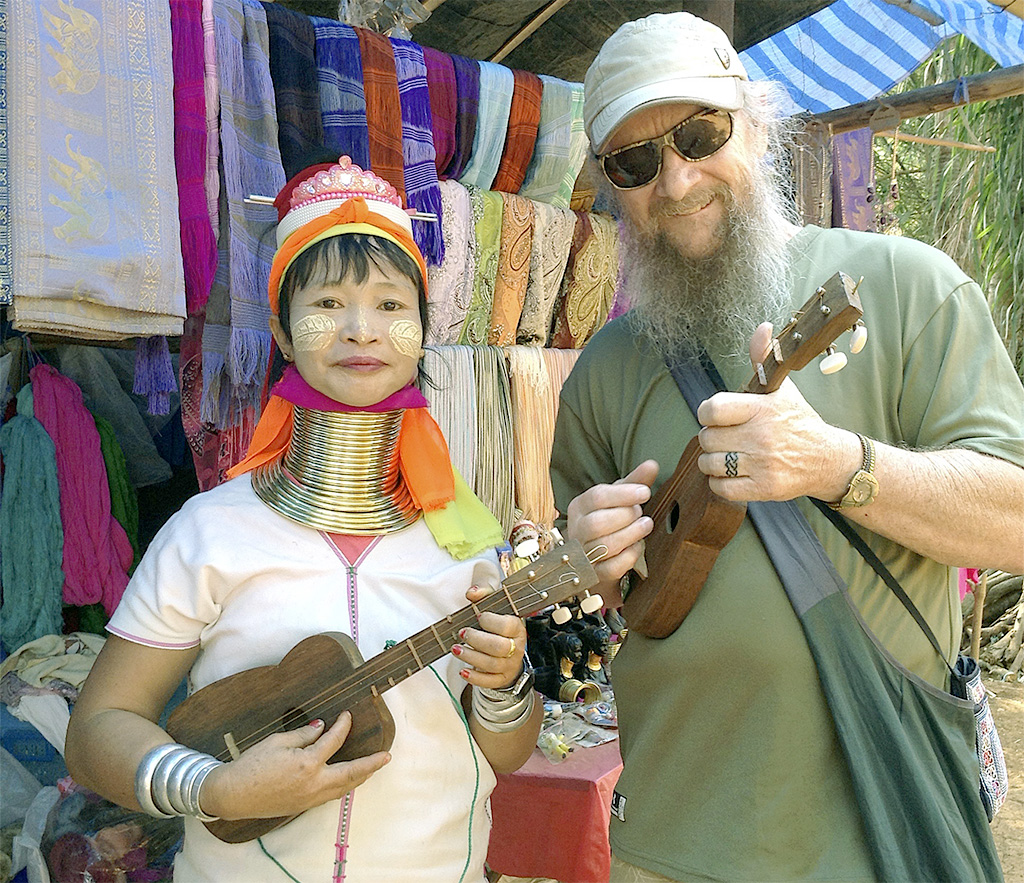

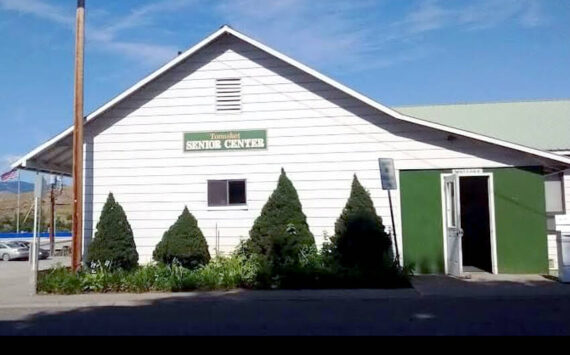
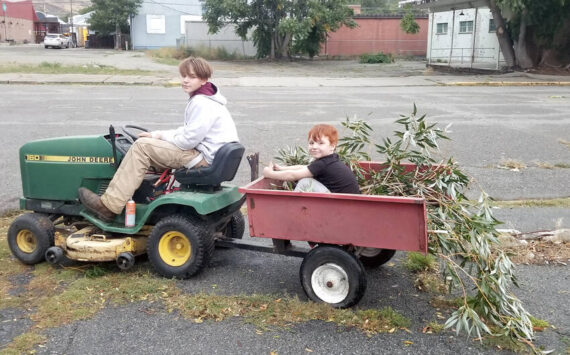
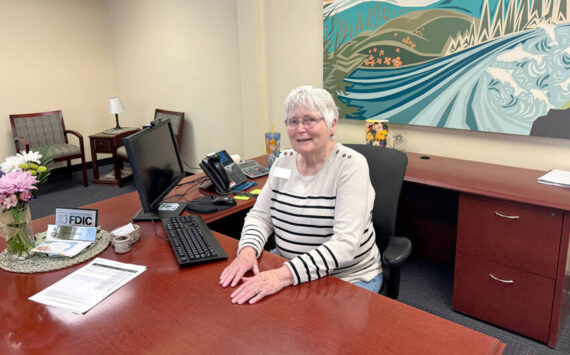

Comments are closed.